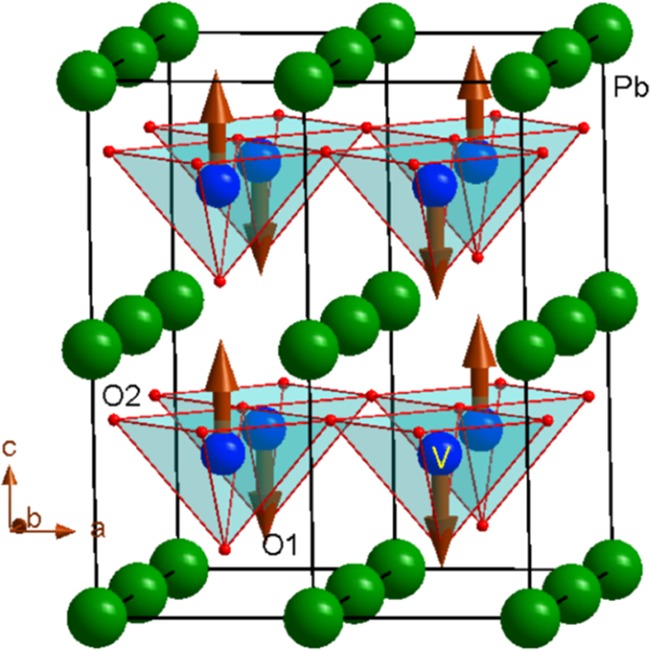Differently shaped nanocrystalline (Fe, Y)3O4 and its adsorption efficiency toward inorganic arsenic species
Herein we report effects of partial substitution of Fe3+ by Y3+ in magnetite (Fe3O4) on morphology and inorganic arsenic species adsorption efficiency of the Fe3-x Y x O4 nanoparticles formed. The series of Fe3-x Y x O4 (x = 0.00, 0.042 and 0.084, labeled as Y00, Y05 and Y10, respectively) was synthesized using co-precipitation followed by microwave-hydrothermal treatment (MW) at 200 °C.
With increase of yttrium content (x value), both the morphological inhomogeneity of the samples and the fraction of spinel nanorods as compared to spinel pseudospherical particles increased. By both transmission electron microscopy and x-ray powder diffraction analyses, it was determined that the direction of growth of the spinel nanorods is along the [110] crystallographic direction.

The Fe3-x Y x O4 affinities of adsorption toward the inorganic arsenic species, As(III) (arsenite, AsO33-) and As(V) (arsenate, AsO43-), were investigated. Increased Y3+ content related to changes in sample morphology was followed by a decrease of As(III) removal efficiency and vice versa for As(V).
The increase in Y3+ content, in addition to increasing the adsorption capacity for As(V), significantly expanded the optimum pH range for the maximum removal and decreased the contact time for necessary 50% removal (t 1/2) of As(V) (Y00: pH 2-3, t 1/2 = 3.12 min; Y05: pH 2-6, t 1/2 = 2.12 min and Y10: pH 2-10, t 1/2 = 1.12 min). The results point to incorporation of Y3+ in the crystal lattice of magnetite, inducing nanorod spinel structure formation with significant changes in sorption properties important for the removal of inorganic arsenic from waters.
